By Michael Wilmington
A guide to classic film noir on cable TV. All the movies listed below are from the current schedule of Turner Classic Movies (TCM), which broadcasts them uncut and uninterrupted. The times are Eastern Standard and (Pacific Standard).
Pick of the Week
“Call Northside 777” (1948, Henry Hathaway) Sunday, Sept. 9, 10 a.m. (7 a.m.)
The first major studio movie to be shot on location in Chicago, “Call Northside 777” is one of the best true-crime noirs of the ’40s, packed with postwar punch and atmosphere, made by the master of the form, Henry Hathaway (“Kiss of Death”). It’s based on the story of a persistent Chicago Times reporter (James Stewart) – initially skeptical, but finally convinced – who digs into an 11-year-old murder case to find out if a man (Richard Conte) convicted of murdering a policeman is really guilty of the crime, or is the victim of overzealous prosecutors and dishonest politicians.
Stewart is excellent in his role as fictitious journalist P. J. McNeal: a character reminiscent of Stewart’s great part as wily lawyer Paul Biegler in “Anatomy of a Murder.” He’s backed by Lee J. Cobb (as the Times’ editor), Helen Walker and, in his first movie role, John McIntire. Movie buffs sometimes argue about whether “Call Northside 777” should be considered a noir, since the main characters, including Conte’s crusading mother, are good people. But why try to put noir in a straitjacket? There are bad guys here too: namely, the prosecutors and the politicians who put the real-life Joseph Majczek in jail and tried to keep him there.
Friday, Sept. 7
8:15 a.m. (5:15 a.m.): “Boomerang!” (1947, Elia Kazan). See 8-29-12 Noir File
Sunday. Sept. 9
6:30 p.m. (3:30 p.m.): “Bad Day at Black Rock” (1955, John Sturges). In a barren-looking desert town, a lawman and WW2 vet with only one arm (Spencer Tracy) tries to investigate an act of violence that may be a racially motivated murder. The town tries to stop him.
A great melodrama with a memorable Tracy performance; he is harassed by three of the American cinema’s great villains: Robert Ryan, Lee Marvin and Ernest Borgnine (in the same year Borgnine won an Oscar as the gentle Marty). The rest of the superb cast includes Walter Brennan, Dean Jagger and Anne Francis.
Monday, Sept. 10
6:45 p.m. (3:45 p.m.): “Criminal Court” (1946, Robert Wise). A shrewd lawyer (Tom Conway) defends a woman (Martha O’Driscoll) for the murder he himself committed. One of the neat little RKO B-movies made by one of Jean-Pierre Melville’s favorite directors: Robert Wise.
Wednesday, Sept. 12
8 p.m. & 3:15 a.m. (5 p.m. & 12:15 a.m.). Private Screenings: Lauren Bacall (2005). Two chances to watch Bacall interviewed by Robert Osborne.
9 p.m. (6 p.m.): “Confidential Agent” (1945, Herman Shumlin). From a novel by Graham Greene (“The Third Man”): an anti-Fascist thriller set during the Spanish Civil War. With Charles Boyer, Lauren Bacall, Peter Lorre and Katina Paxinou.
4:15 a.m. (1:15 a.m.): “Passage to Marseille” (1944, Michael Curtiz). This post-Casablanca re-teaming of Humphrey Bogart, Claude Rains, Peter Lorre, Sydney Greenstreet and director Curtiz, has Bogie as a French patriot, Michele Morgan (“Port of Shadows”) as his love, and a complex flashbacks-within-flashbacks story structure that carries him to Devil’s Island and back.
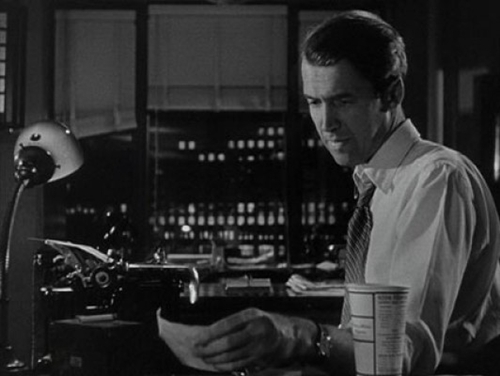
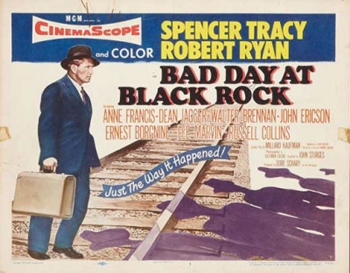
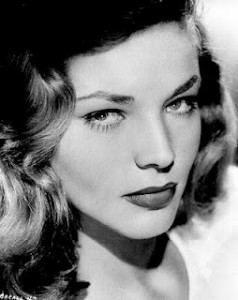





![bogie and bacall[1]](http://www.filmnoirblonde.com/wp-content/uploads/2012/08/bogie-and-bacall1.jpg)
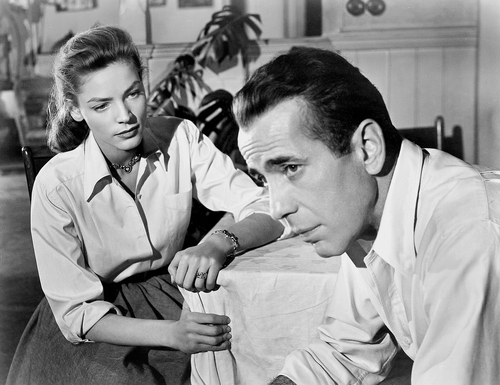
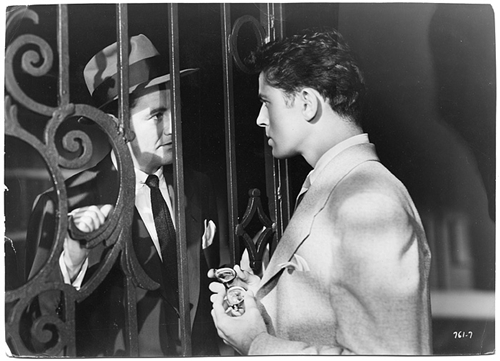
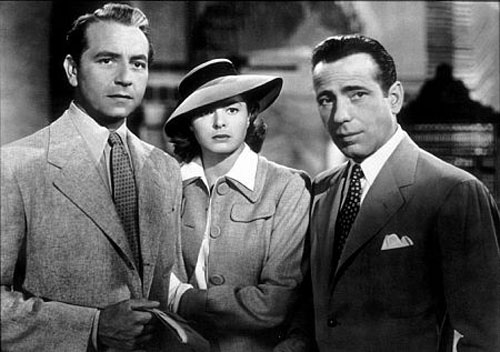
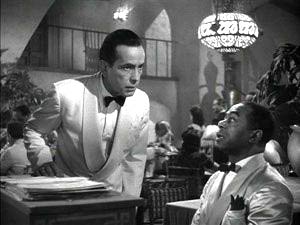
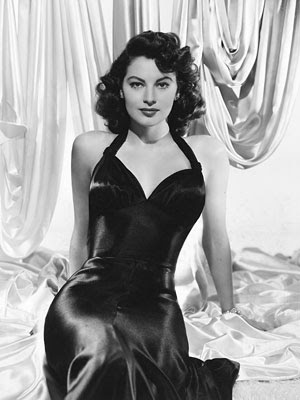
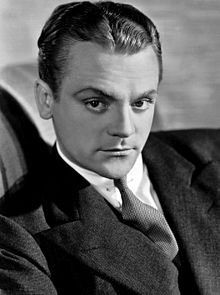
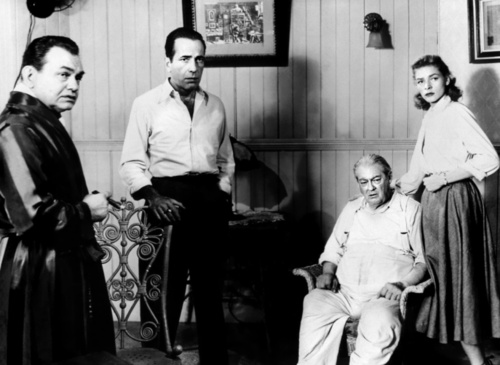
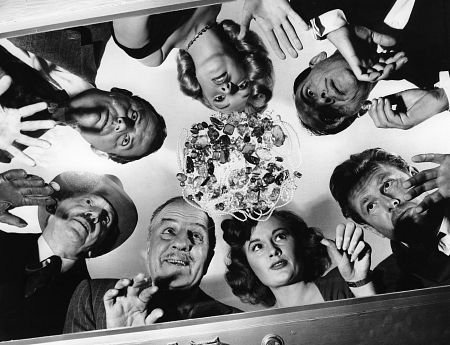
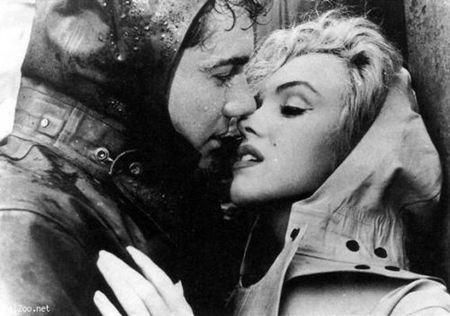
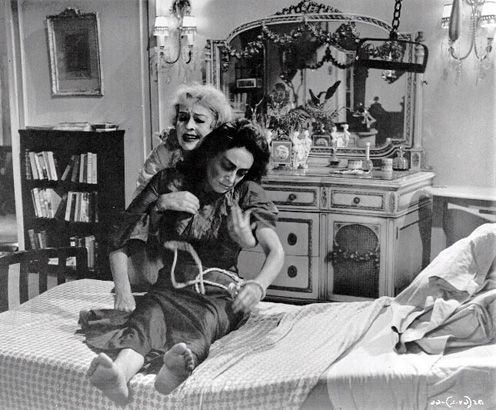
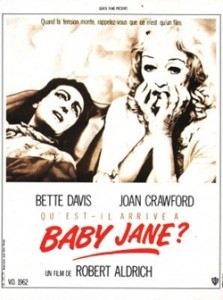
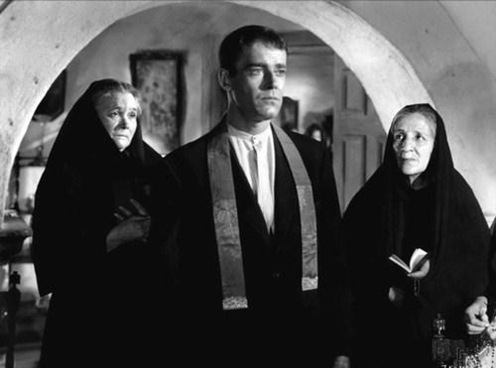
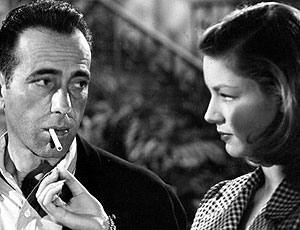

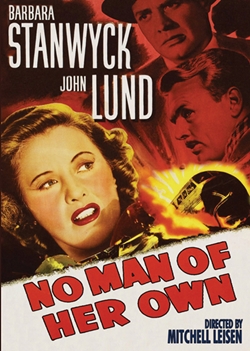
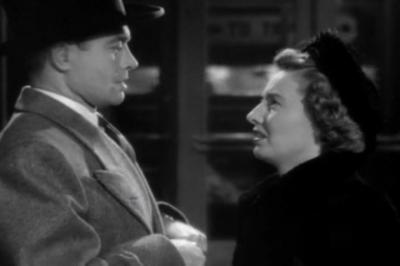
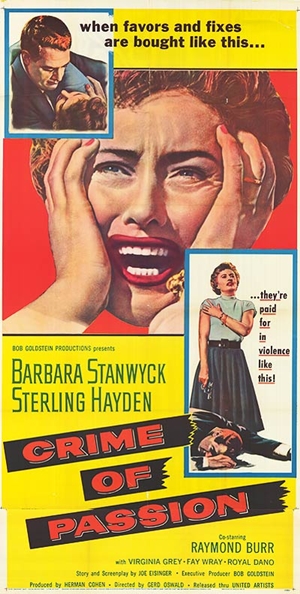
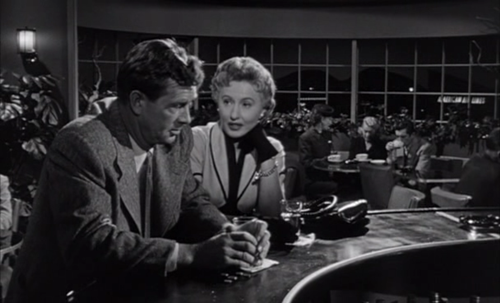

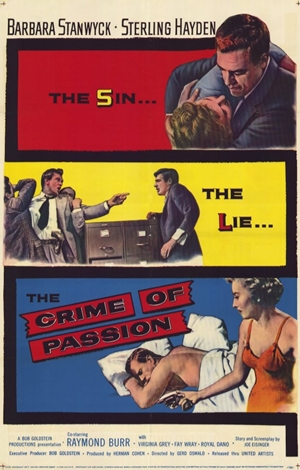
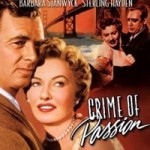





From FNB readers